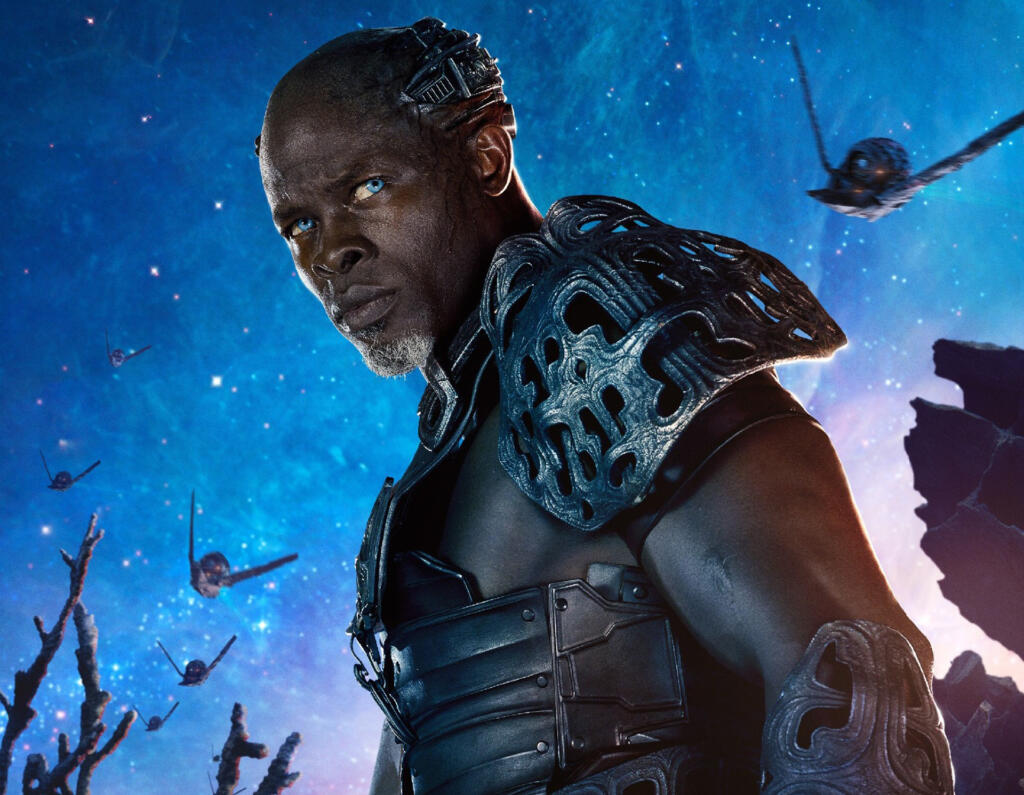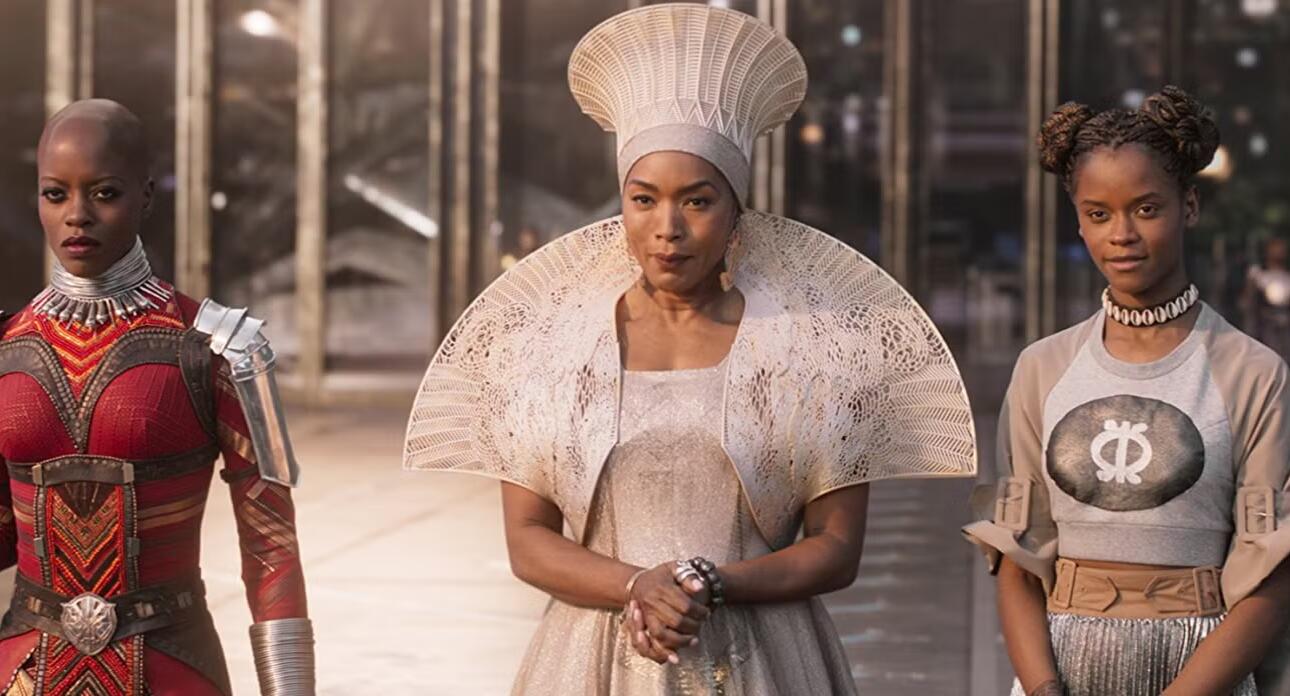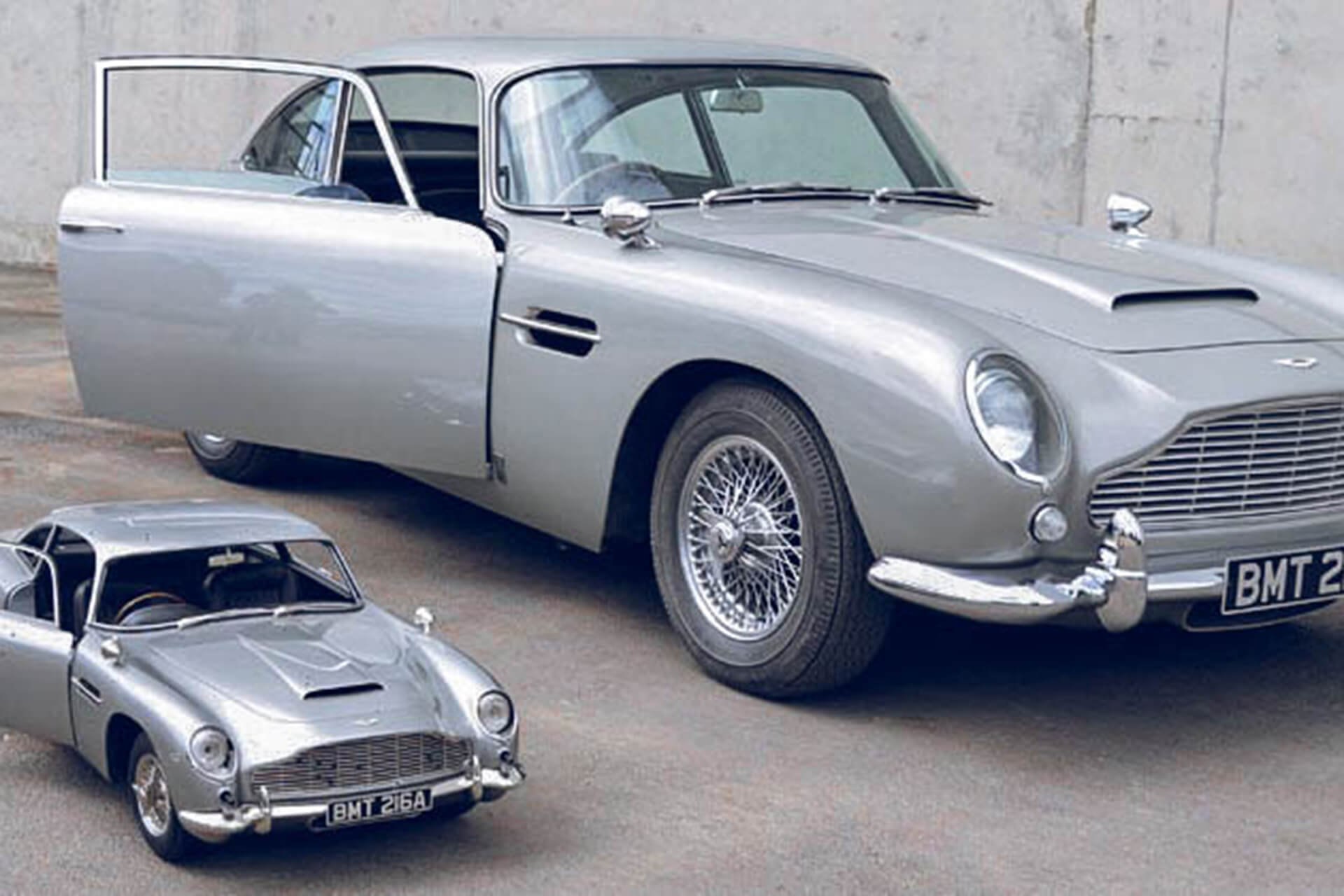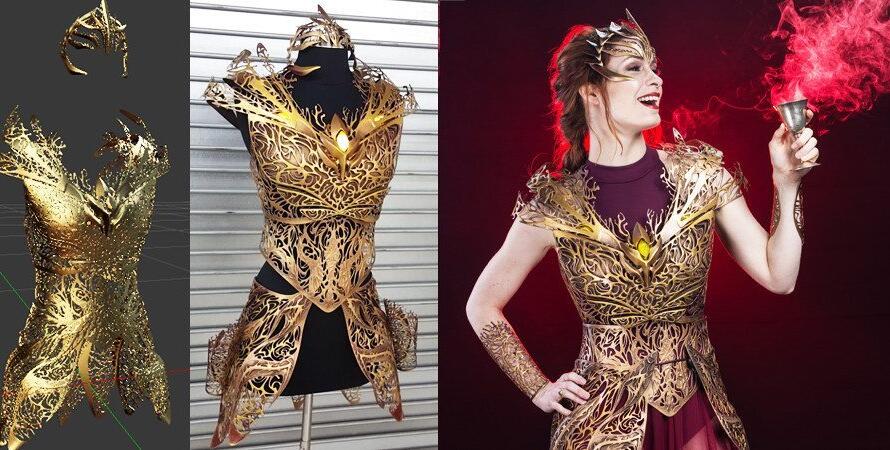In the ever-evolving landscape of entertainment production, 3D printing has emerged as a revolutionary technology that’s transforming how films, television shows, theatrical productions, and animations are brought to life. This innovative manufacturing process allows creators to manifest their wildest imaginations with unprecedented precision, efficiency, and creative freedom.
A New Era of Prop Creation
Hollywood’s Embrace of Additive Manufacturing
The film industry has wholeheartedly adopted 3D printing for prop creation, allowing production teams to craft highly detailed objects with remarkable speed and consistency.
Marvel’s cinematic universe provides numerous examples of this technology in action. In Thor: The Dark World, production designers utilised 3D printing to create multiple versions of Thor’s iconic hammer, Mjolnir. Different variants were printed to accommodate various filming needs—lightweight versions for action sequences, durable ones for stunts, and highly detailed copies for close-up shots.
Similarly, Guardians of the Galaxy showcased 3D printing’s versatility with the creation of Star-Lord’s mask and Korath’s complex armour pieces. The technology ensured perfect consistency across multiple takes and allowed for rapid iteration during the design process.


Historical Accuracy and Specialized Equipment
For films requiring historical authenticity or specialized equipment, 3D printing offers practical solutions. In Kathryn Bigelow’s Zero Dark Thirty, the production team 3D printed replicas of military gear, including night vision goggles, tactical equipment, and weapon accessories. This approach provided authentic-looking props without the need to source actual military hardware.
The James Bond franchise also embraced this technology for Skyfall, where the film’s iconic Aston Martin DB5 included 3D-printed scale models for specific explosion scenes. This preserved the valuable vintage cars while still achieving spectacular visuals.
Real-World Impact: Weta Workshop’s Innovation
New Zealand’s Weta Workshop, known for their work on The Lord of the Rings and The Hobbit trilogies, has integrated 3D printing extensively into their production pipeline. For The Hobbit films, they 3D printed countless props and set pieces, including intricate dwarven weapons, architectural elements, and creature features. Richard Taylor, Weta’s co-founder, has stated that the technology reduced production time by approximately 50% for certain components compared to traditional methods.
3D printing has fundamentally changed our approach to production design. What was once impossible or prohibitively expensive can now be achieved with remarkable precision and efficiency. It’s not just about creating props faster—it’s about expanding the boundaries of what’s creatively possible, allowing us to bring audiences into worlds that could only exist in our imagination before this technology.
— Richard Taylor, Co-founder and Creative Director of Weta Workshop, Academy Award-winning special effects and prop artist
Revolutionizing Costume Design
Merging Artistry with Technology
3D printing has opened new frontiers in costume design, enabling the creation of pieces that would be difficult or impossible to produce through conventional methods.
Ryan Coogler’s Black Panther stands as a landmark example, with Queen Ramonda’s striking crown and collar designed by Ruth E. Carter and 3D printed to achieve its intricate geometric patterns inspired by traditional African designs. The technology allowed for precise execution of the complex lattice structure while keeping the piece lightweight enough for actress Angela Bassett to wear comfortably throughout filming.
The film adaptation of Wicked utilized 3D printing for Glinda’s elaborate tiara and other costume elements, balancing fantasy aesthetics with practical wearability. This approach enabled designers to create pieces that maintained their appearance under harsh stage lighting while being comfortable enough for performers during long production days.

Television Production Advancements
HBO’s science fiction series Westworld incorporated 3D printing to ensure consistency in period costumes. The production team scanned and replicated vintage fabric patterns and intricate embellishments, allowing for perfect matching across multiple costumes and quick replacements when needed during the demanding shooting schedule.
The fantasy series Game of Thrones similarly employed 3D printing for armor components, dragon-inspired accessories, and ornate crowns. Costume designer Michele Clapton has noted that the technology allowed her team to experiment with unusual forms and textures that would have been cost-prohibitive using traditional methods.
Transforming Set Design and Production
Theatrical Innovation
Broadway and other theatrical productions have embraced 3D printing for both planning and execution phases. Scenic designer Kacie Hultgren, known professionally as “Pretty Small Things,” pioneered the use of 3D printing for creating intricate miniature set models. Her work on Broadway productions demonstrates how the technology enhances the visualization process, allowing directors and producers to better understand spatial relationships and sight lines before full-scale construction begins.
The Broadway musical Head Over Heels incorporated numerous 3D-printed props, including a specialized vase designed to break and be replaced easily for each performance. This practical application highlights how the technology can solve specific production challenges while maintaining consistency show after show.
Film Set Efficiency
For film productions, 3D printing accelerates the set construction process while allowing for extraordinary detail. Guillermo del Toro’s The Shape of Water, which won the Academy Award for Best Production Design, utilized 3D printing for numerous set elements. Production designer Paul Austerberry incorporated 3D-printed architectural details to achieve the film’s distinctive underwater aesthetic and period-specific elements.
Case Study: The Mandalorian’s Virtual Production
Disney’s The Mandalorian represents a cutting-edge fusion of 3D printing and virtual production techniques. The show’s innovative “Volume” stage—a massive LED screen environment—features physical set pieces that blend seamlessly with digital backgrounds. Many of these foreground elements are 3D printed to ensure perfect integration with the virtual environment, demonstrating how the technology complements emerging filmmaking approaches.
Advancing Animation Through Technology
Stop-Motion Renaissance
Perhaps nowhere has 3D printing made a more profound impact than in stop-motion animation, where it has sparked a creative renaissance. LAIKA Studios, the pioneering animation house behind Coraline, ParaNorman, and Kubo and the Two Strings, has fundamentally transformed the medium by incorporating 3D printing into their production process.
For Coraline, LAIKA created approximately 6,000 different 3D-printed facial expressions to achieve nuanced character animations. By Missing Link, their most recent feature, that number had grown to over 106,000 unique facial combinations. This technological approach has expanded the expressive range of stop-motion characters while maintaining the handcrafted charm that defines the medium.
Brian McLean, LAIKA’s Director of Rapid Prototype, received a Scientific and Engineering Academy Award in 2016 for the studio’s innovative use of 3D printing in animation. The technology has effectively removed longstanding limitations in stop-motion production, allowing for subtle emotional performances previously impossible in the medium.
Aardman Animations’ Approach
The renowned British studio Aardman Animations, creators of Wallace & Gromit and Shaun the Sheep, has integrated 3D printing alongside their traditional clay animation techniques. For their feature Early Man, they utilized 3D printing to create consistent background characters and complex prop elements, while maintaining their signature handcrafted aesthetic for lead characters.
Future Directions and Industry Impact
Sustainability Considerations
As the entertainment industry increasingly focuses on sustainability, 3D printing offers promising environmental benefits. Productions can print only what they need, reducing material waste compared to traditional manufacturing processes that often involve substantial subtractive techniques. Additionally, the growing availability of biodegradable and recycled printing materials provides eco-conscious alternatives for production designers.
Democratizing Production Capabilities
Perhaps one of the most significant impacts of 3D printing in entertainment is how it democratizes production capabilities. Independent filmmakers and smaller theaters can now access technology that allows them to create professional-quality props, costumes, and set pieces at a fraction of traditional costs. This technological accessibility has helped level the playing field, allowing productions with modest budgets to achieve visuals that previously required substantial resources.
The web series Voyage to the Stars demonstrates this democratizing effect, with its production team utilizing consumer-grade 3D printers to create science fiction props and set elements that achieve a professional aesthetic despite budget constraints.
Integration with Other Technologies
The future of 3D printing in entertainment likely involves greater integration with complementary technologies. The combination of 3D scanning, digital modelling, and printing has already created workflows that allow for rapid iteration and customisation. As augmented reality and virtual production techniques continue to evolve, 3D printing provides a crucial bridge between digital designs and physical realities.
3D printing has fundamentally transformed production processes across the entertainment industry, from Hollywood blockbusters to Broadway stages. By enabling faster turnaround times, greater design complexity, and increased creative freedom, the technology has become an indispensable tool for bringing imaginative worlds to life.
As printers become more sophisticated, materials more diverse, and designers more experienced with the technology’s capabilities, we can expect even more innovative applications in future productions. What began as a specialized prototyping tool has evolved into an essential production technology that continues to expand the boundaries of what’s possible in entertainment design and fabrication.
For creators in film, television, theater, and animation, 3D printing represents not just a manufacturing process but a new creative language—one that translates imagination into physical reality with unprecedented precision and possibility.



